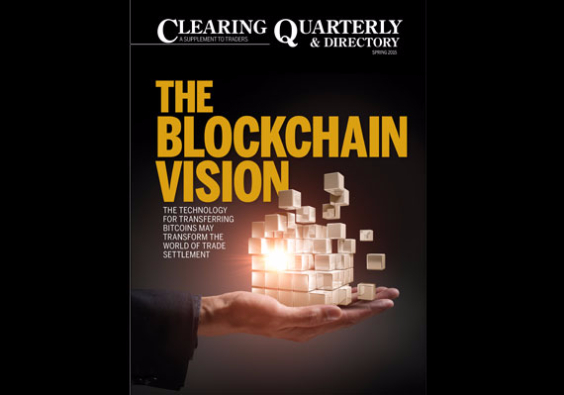
For a new technology that has yet to be rolled out on a large scale, banks are prepared to throw plenty of cash at Blockchain.
According to research from Greenwich Associates, financial service firms and technology providers around the world will spend more than $1 billion in 2016 in the race to bring blockchain to capital markets.
What is the Blockchain? Traders explains.
In its latest research of distributed ledger technology, Greenwich Associates assesses the current state of blockchain adoption across banks, brokers, asset managers, exchanges and technology companies. In March and April 2016 Greenwich Associates interviewed 134 market participants working on blockchain technology. The results of are presented in its new Greenwich Report, Blockchain Adoption in Capital Markets.
A majority of the financial service firms and technology providers we interviewed are convinced blockchain will enable meaningful change across capital markets within five years, said Richard Johnson, vice president in Greenwich Associates Market Structure and Technology group, and author of the report.
According to a press statement, The study results reveal that significant resources are being spent on the development and adoption of the technology. Banks, brokers, exchanges, and central counterparties (CCPs) are taking the lead, while many asset managers take a more wait-and-see approach. Among firms stating their organizations have some blockchain initiatives underway, 32 percent have an annual budget in excess of $5 million per year, and a further 15 percent have budgets in excess of $2 million. Projected across the entire financial services industry, that level of spending will likely top $1 billion in 2016.
In the survey, the institutions do not believe unanswered questions about regulatory treatment are holding back innovation.
Additionally, study participants say a move to DLT in capital markets could add unquantifiable benefits, such as providing a catalyst for industry transformation, creating new value chains and new markets, and improving regulatory compliance, transparency, and information sharing, said Johnson.



